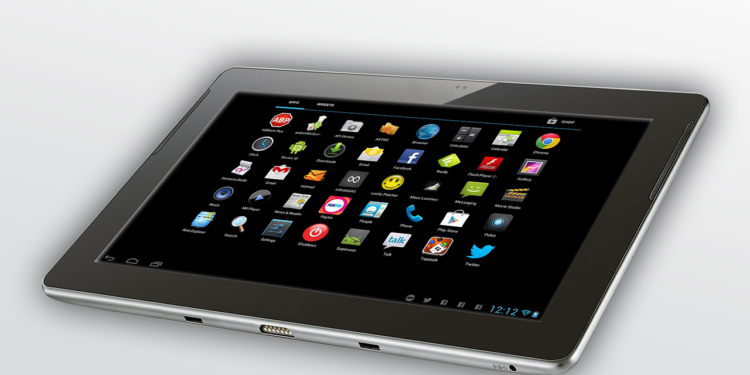A tablet is a great way to get the most out of your time on the go. There are hundreds of models like magch on offer from big name manufacturers, all with their own unique features.
If you’re considering an Android tablet, it’s important to choose the right one for your needs. Whether you’re after a budget model or something that’s more powerful, here are the key things to look for when buying an Android tablet.
Screen size
When it comes to tablets, the screen size is a very important consideration. This is because the screen size plays an important role in your tablet’s overall experience and functionality.
The screen size of an Android tablet is measured diagonally across the device. This is different from the screen size of a smartphone, which is measured horizontally across the device.
The original Android phones had 320×480 screens, while modern devices may have physical-pixel dimensions of 480×800 or higher. These devices use a conversion factor to make their pixel density and sizes work with dp’s.
Processor
The processor used in an Android tablet can directly influence the performance, battery life and cost of the device. It’s crucial to choose a tablet that has the right processor, especially if you plan to play games or watch HD videos.
Processors are designed to perform multiple tasks at once and split the work between the different cores. This helps apps and games run faster and smoother, allowing you to get more done.
Most devices today use ARM-based processors, which are manufactured by many different companies. They can vary in size, speed and performance, but the majority of them are based on an ARM design.
Memory
Like the screen size and processor, the memory used in an Android Tablet plays a major role in the performance of the device. It can determine how fast and responsive it is and also determine how many apps can be installed and run simultaneously.
To make sure the system is using RAM effectively, Android uses a system to monitor how much memory each app requires and reclaims it whenever it’s no longer necessary. It also kills apps that constantly use up more memory than they need if necessary, too.
You can check the current memory usage on your tablet by tapping the “Memory used by apps” tab on the Settings screen. It shows the average memory usage for the system and different apps, as well as a sort by maximum usage option.
Battery life
An Android tablet needs a lot of power to run its apps and games. Its processor requires more energy than an Apple iPad.
In order to get the best battery life, you need to understand what consumes the most power and turn off features that are sucking up your battery life. Some of these are Wi-Fi, Bluetooth and Location services.
Your video and audio playback, along with talk time, also use up your battery quickly. This includes playing YouTube videos and Netflix movies.
You can help your tablet last longer by turning off these features when not in use and setting it to sleep. This will keep your device from running constantly and consuming more power than you need.
Connectivity
An Android tablet can connect to a wide range of networks and devices. Some feature Wi-Fi and others support cellular data.
Some tablets also offer Bluetooth and MIMO technology, which increases bandwidth by broadcasting over multiple channels in the Wi-Fi standard. These features increase the reliability and speed of a tablet on Wi-Fi.
If you’re still experiencing problems connecting to a Wi-Fi network, restart your device. This forces apps to restart from scratch and may restore your connection.
You can also reset your Android tablet’s settings to factory defaults. This is irreversible, though, so make sure you back up any important data before doing so.











